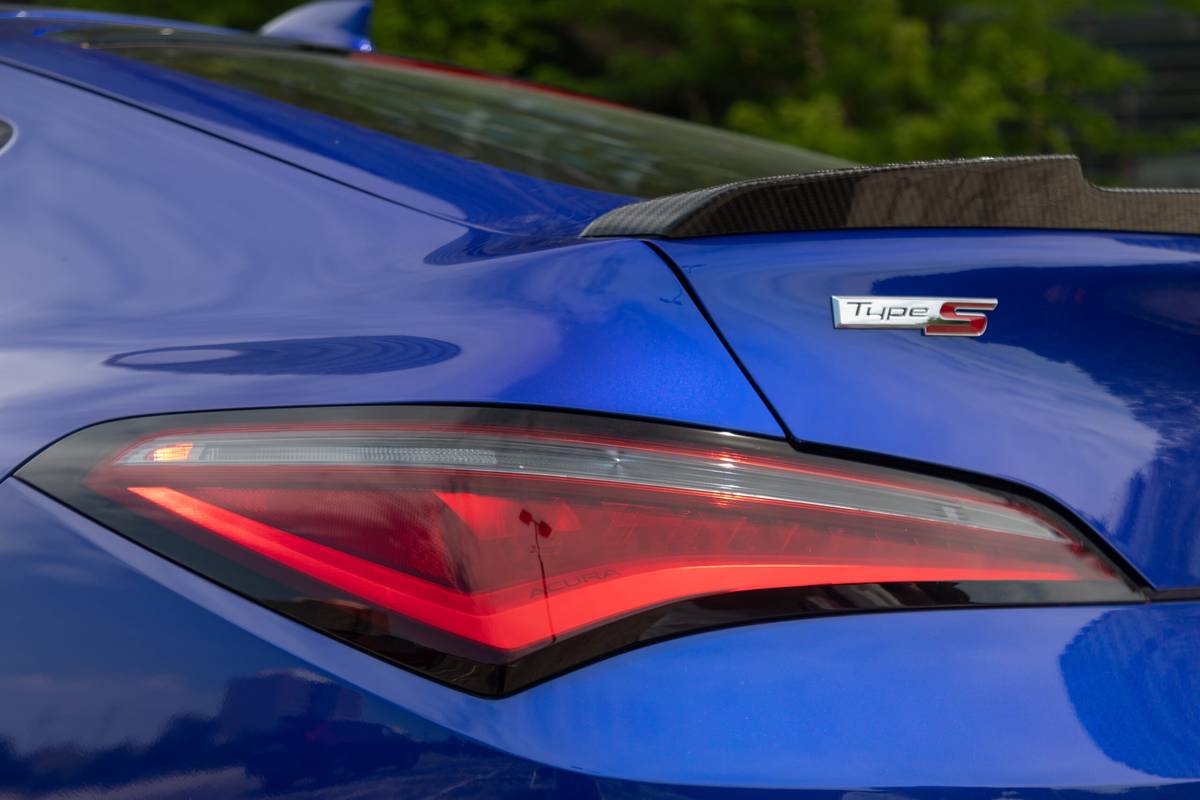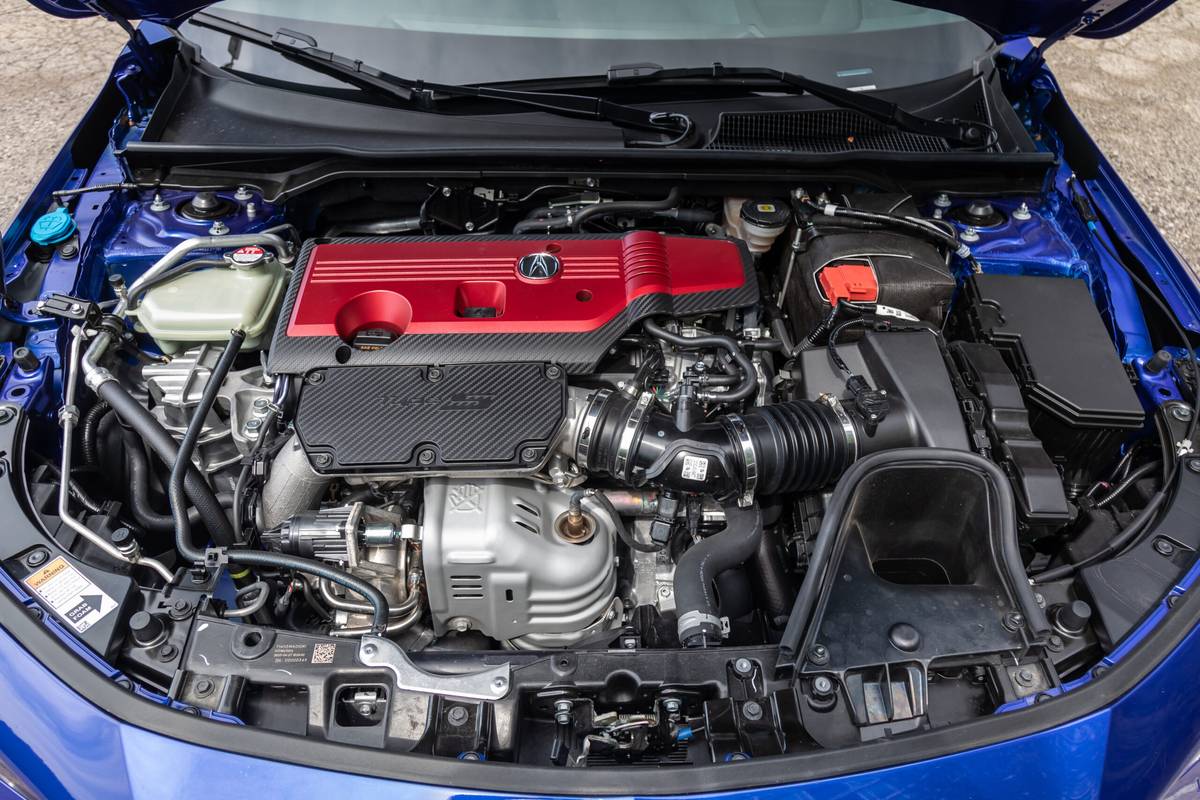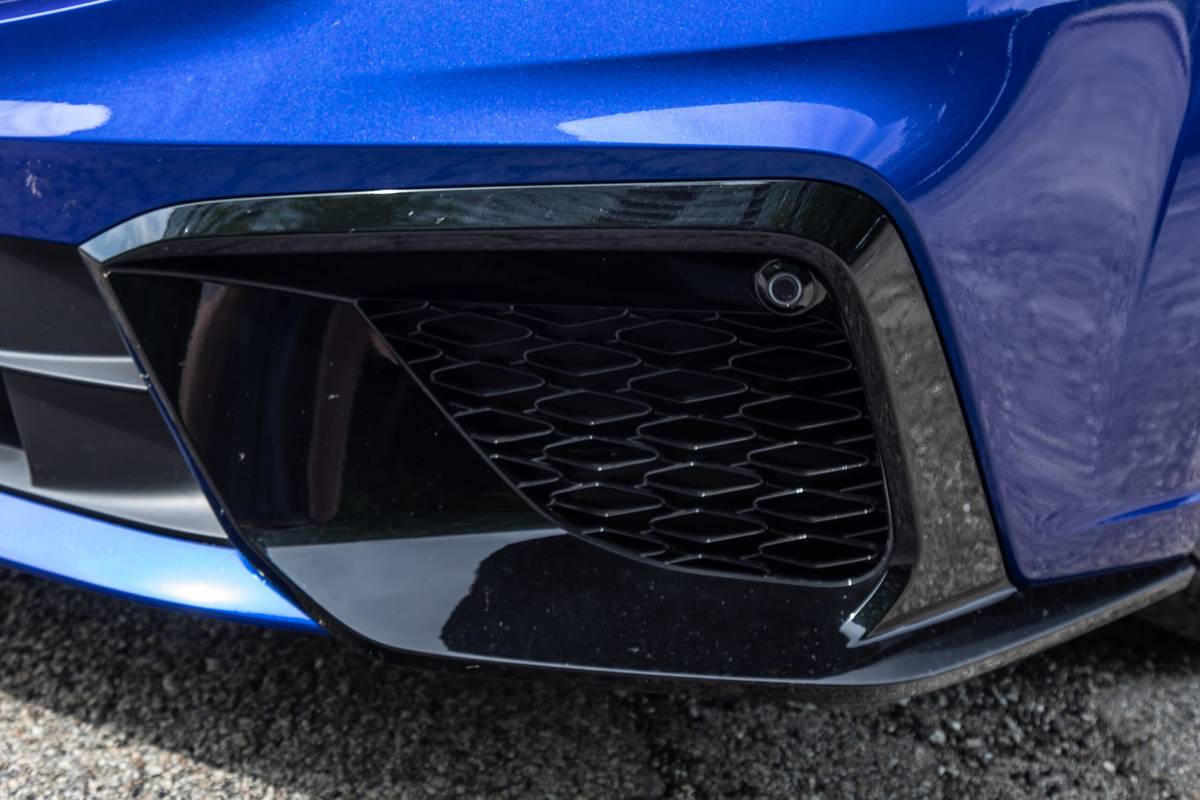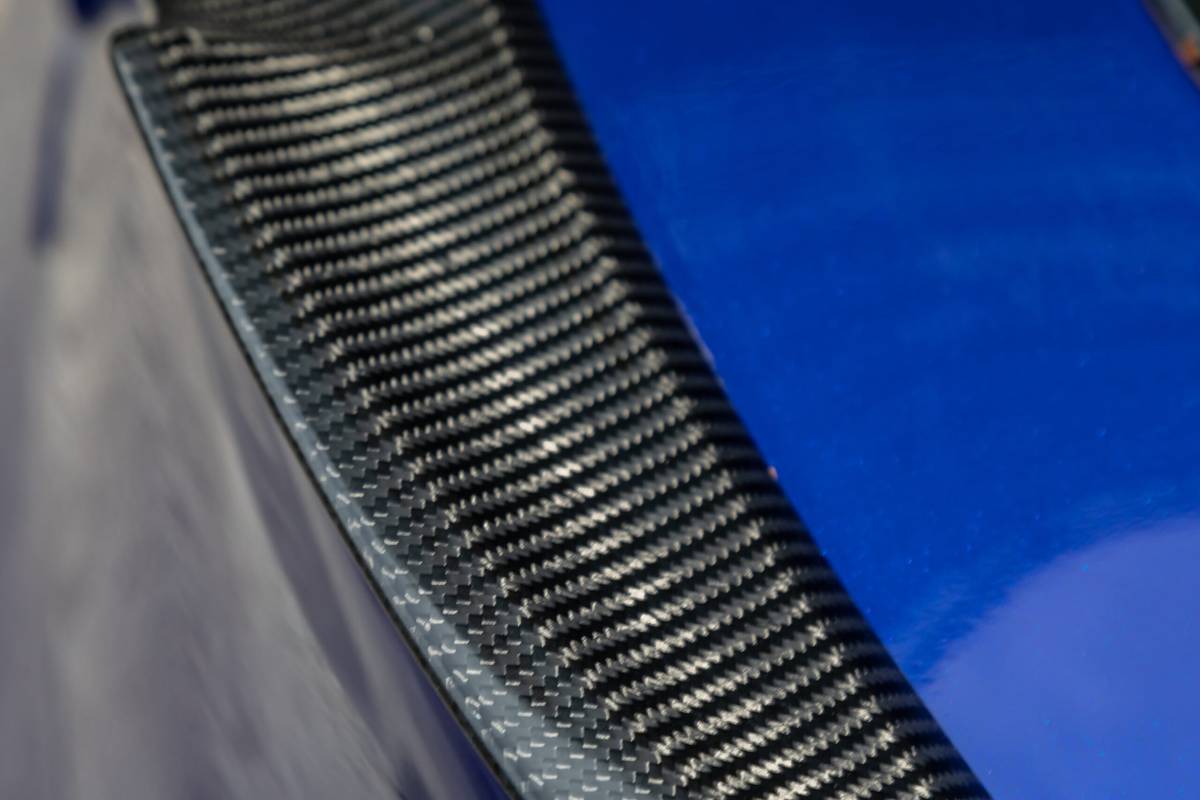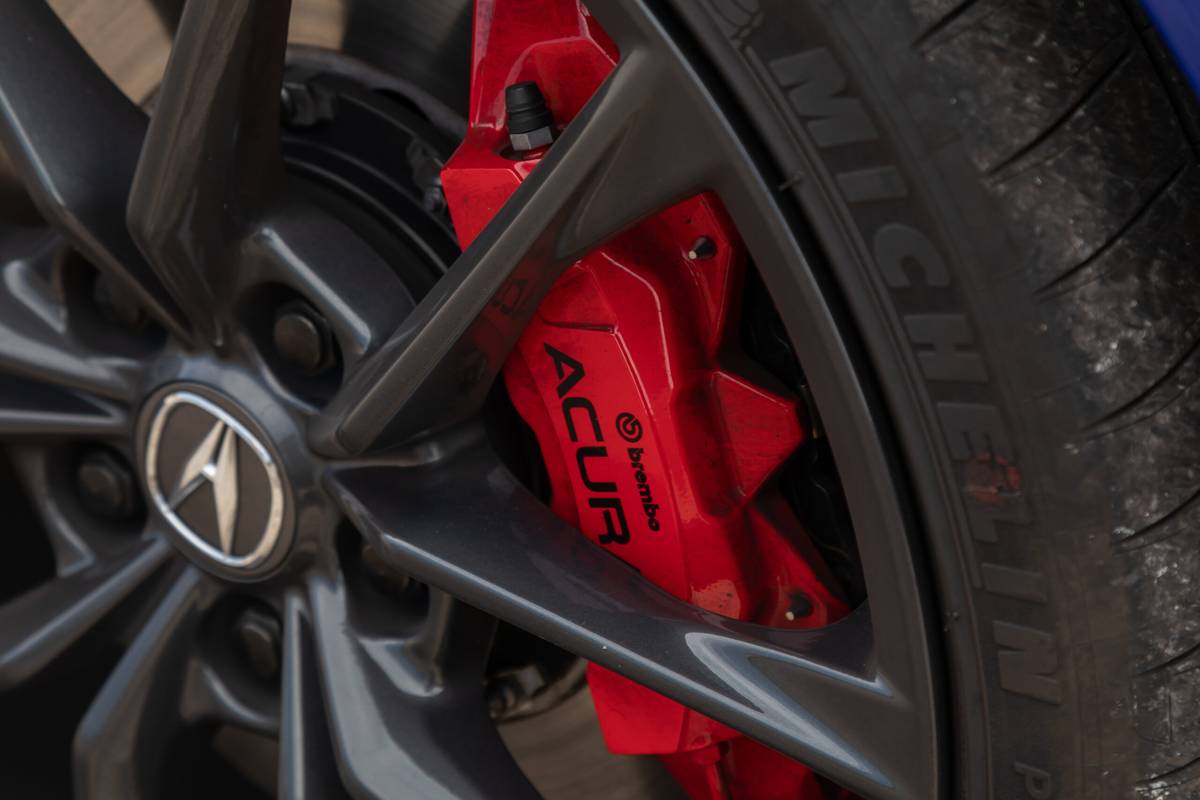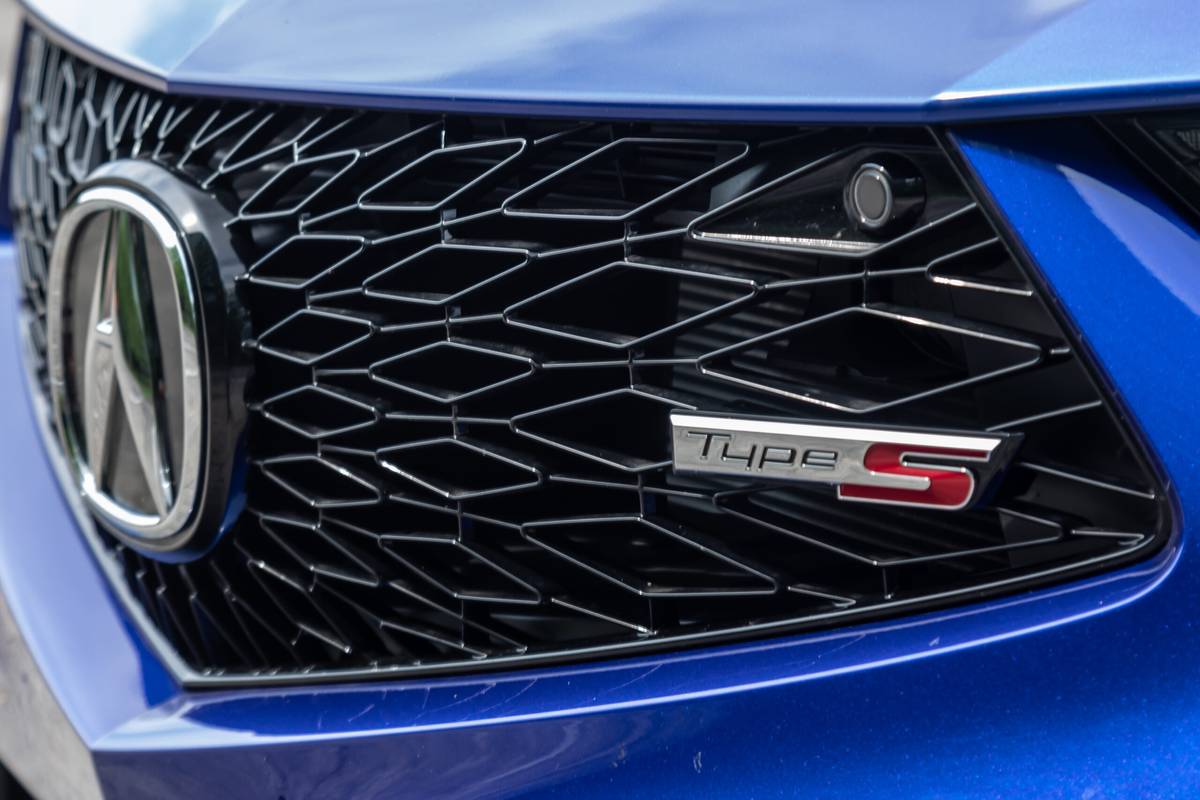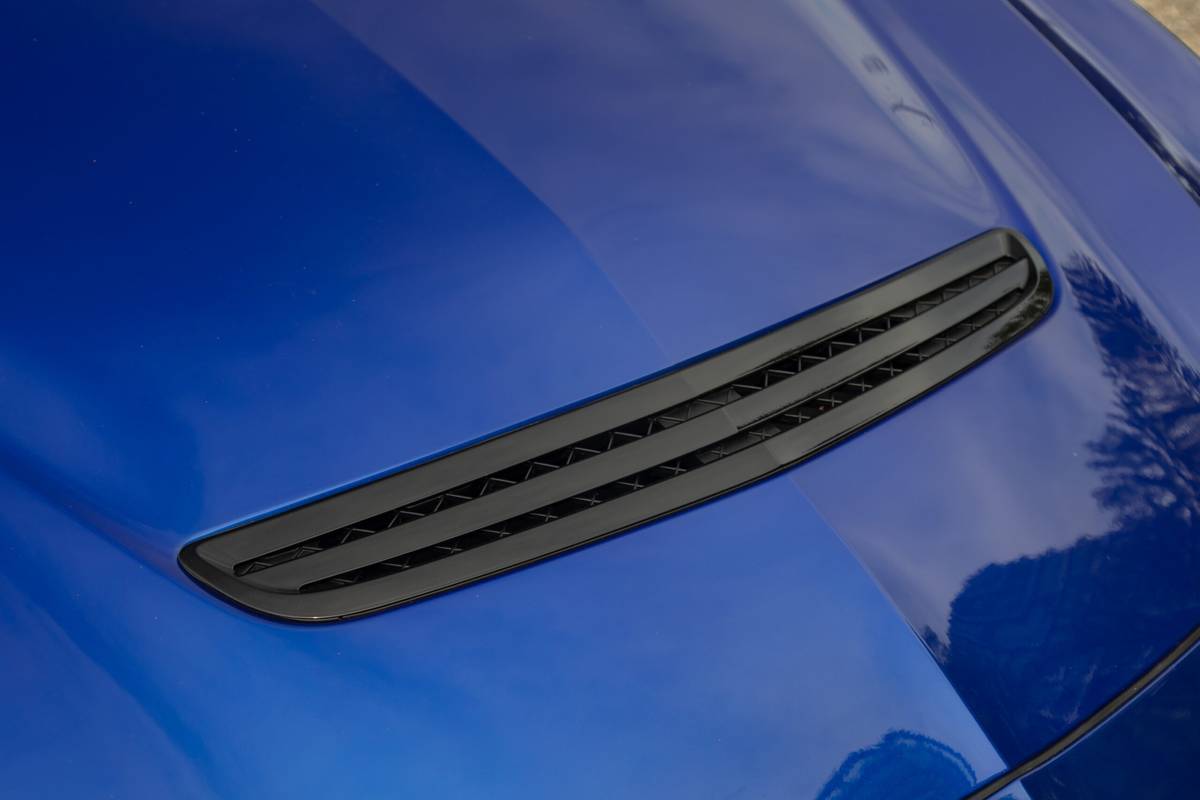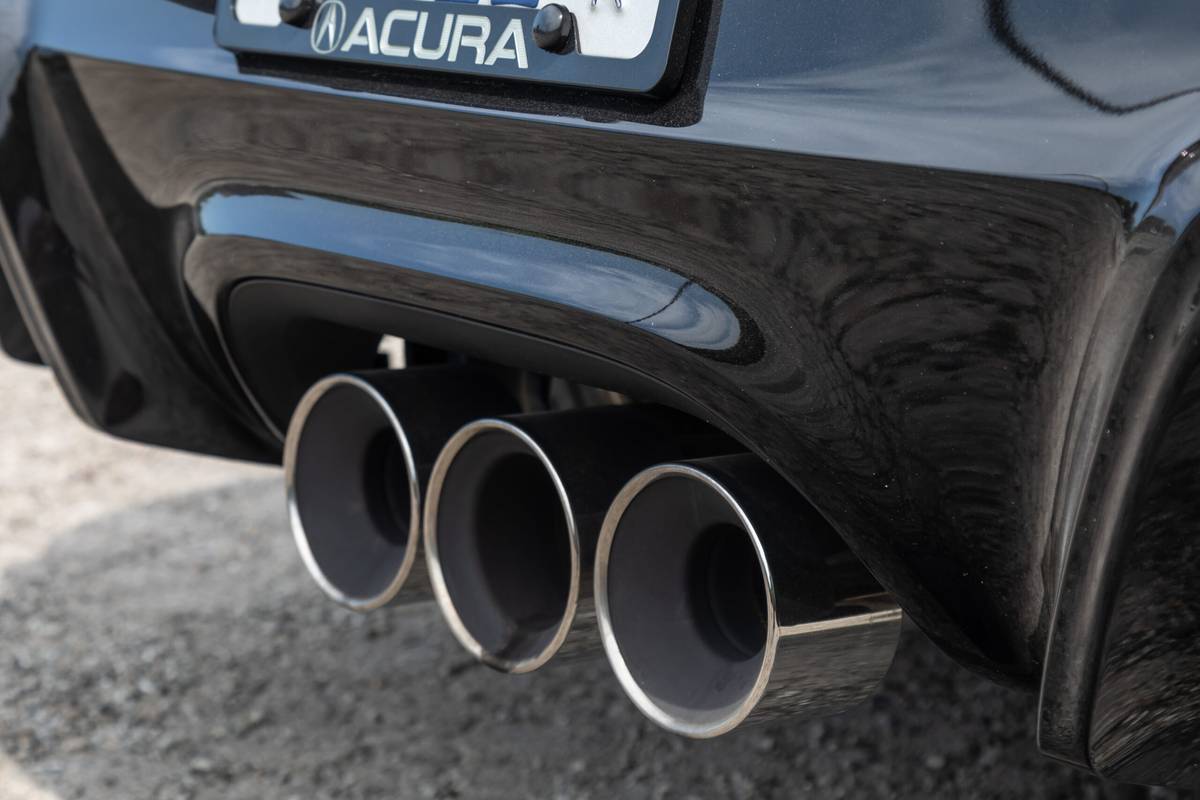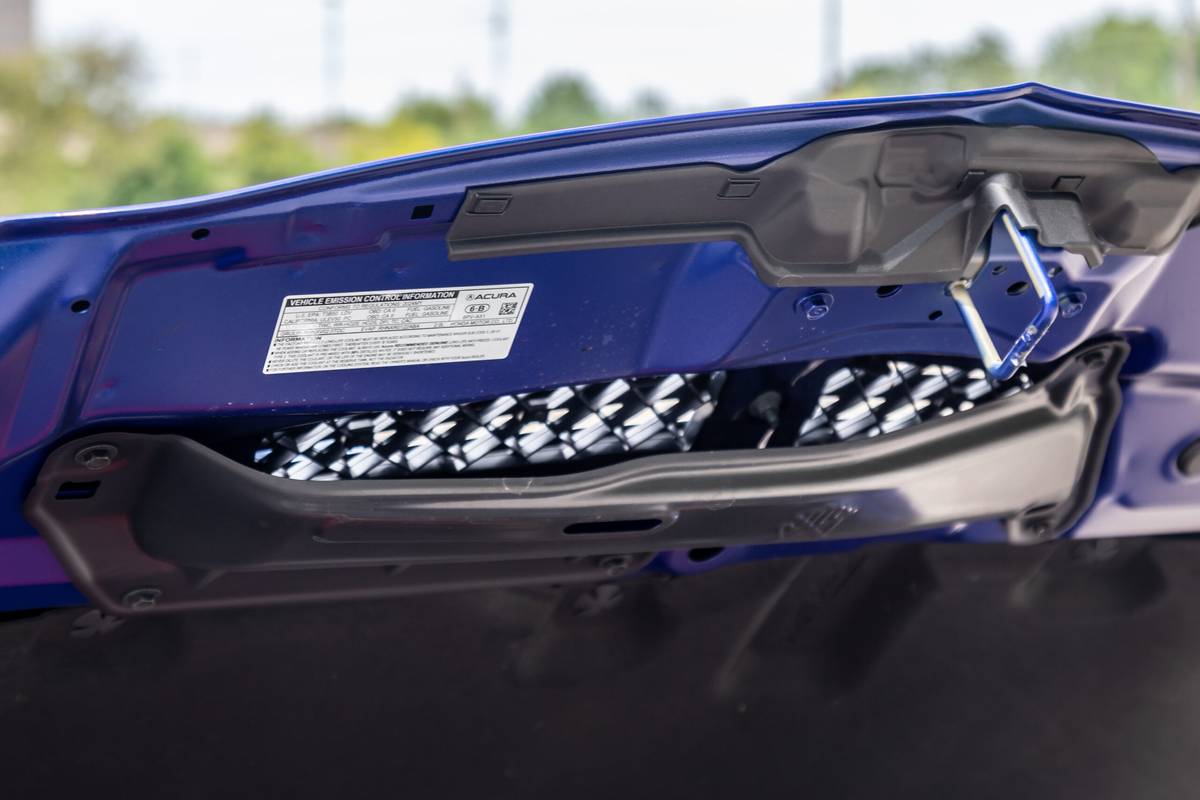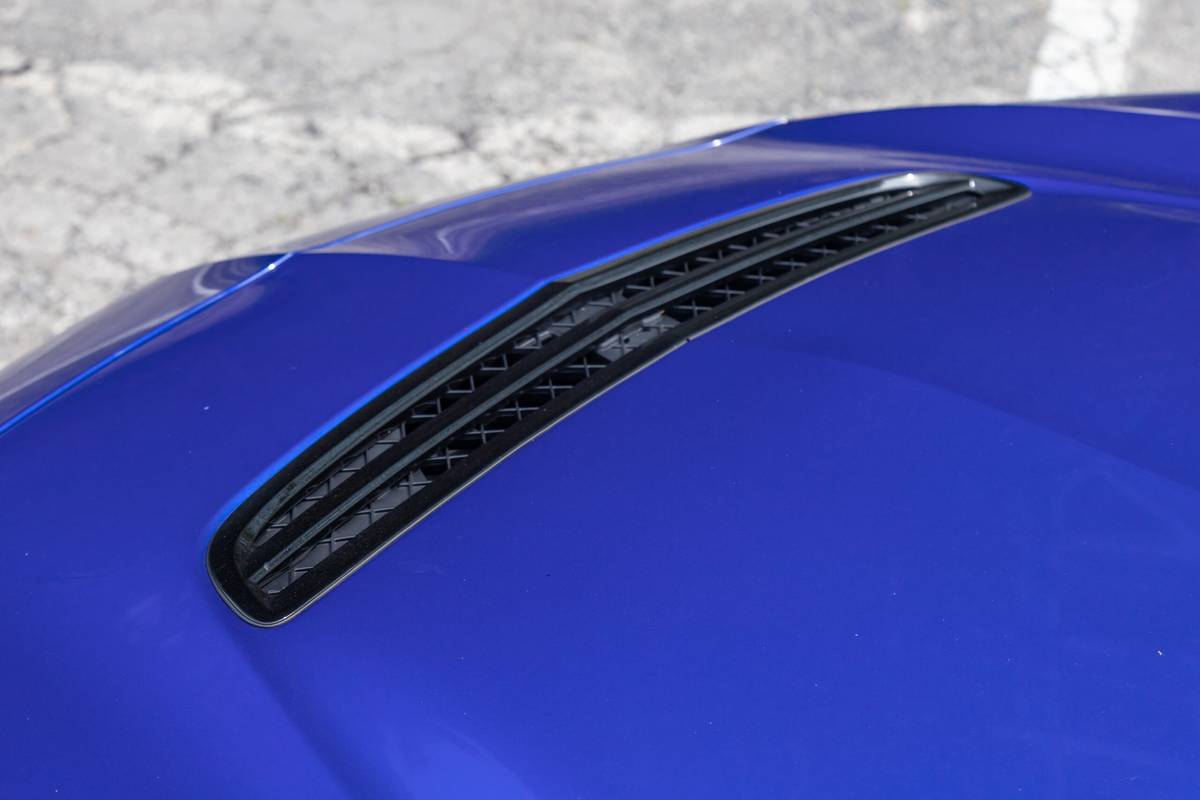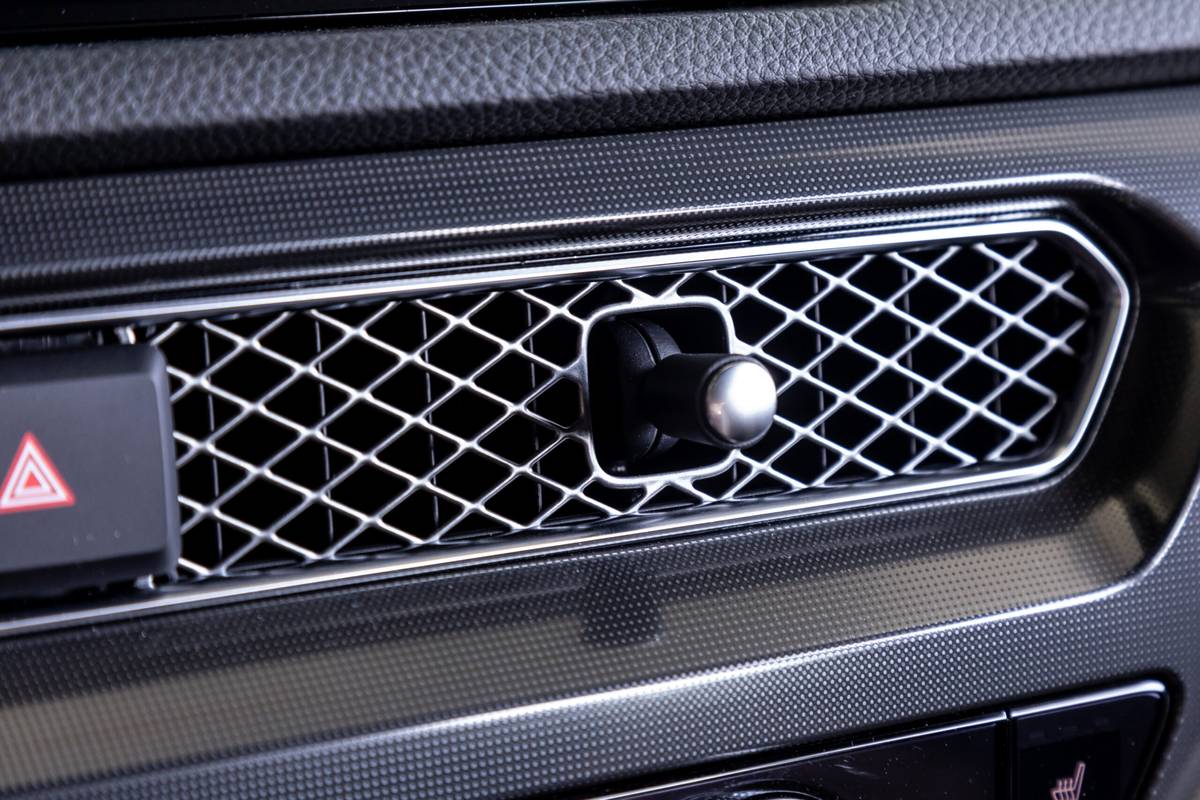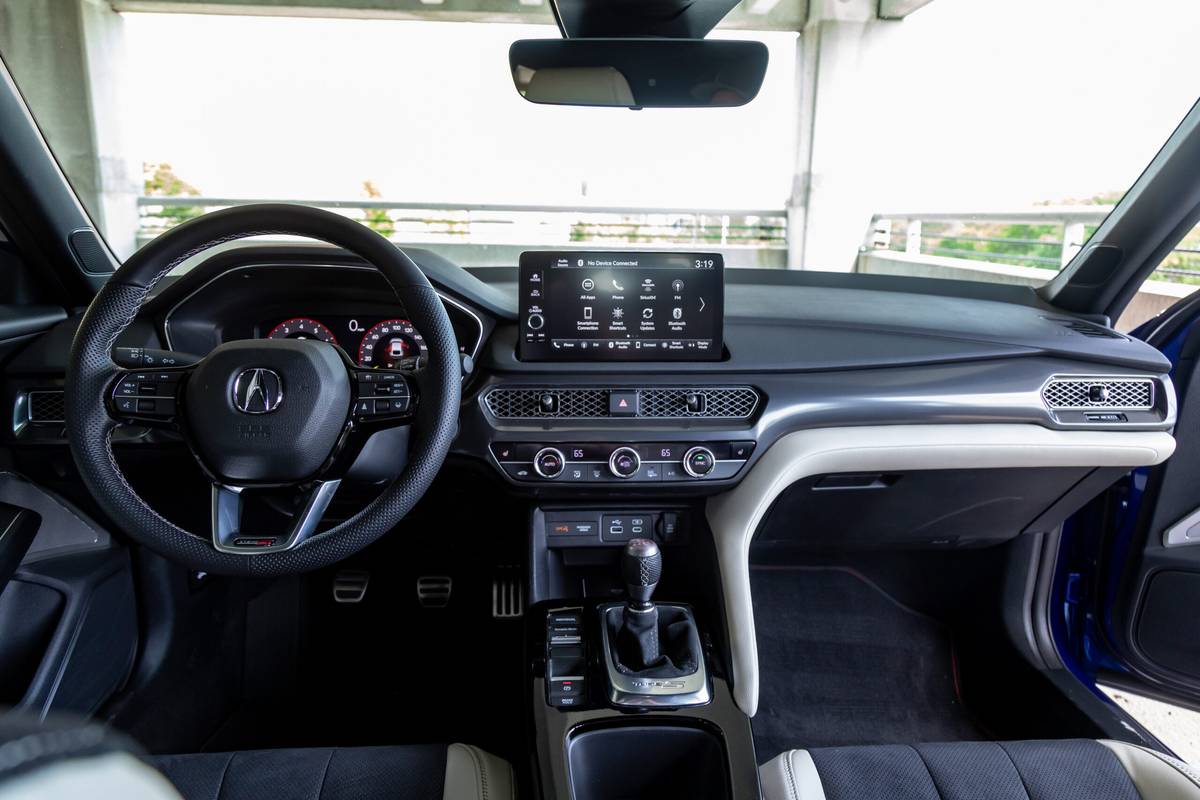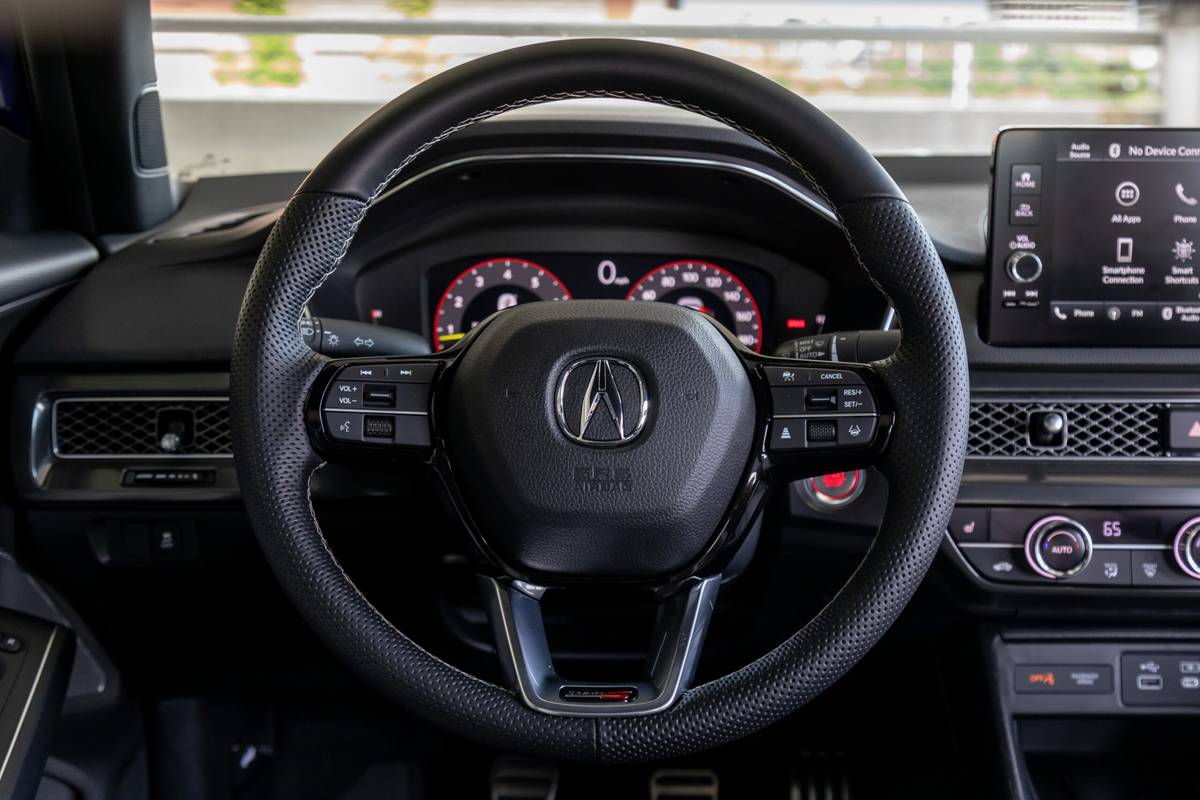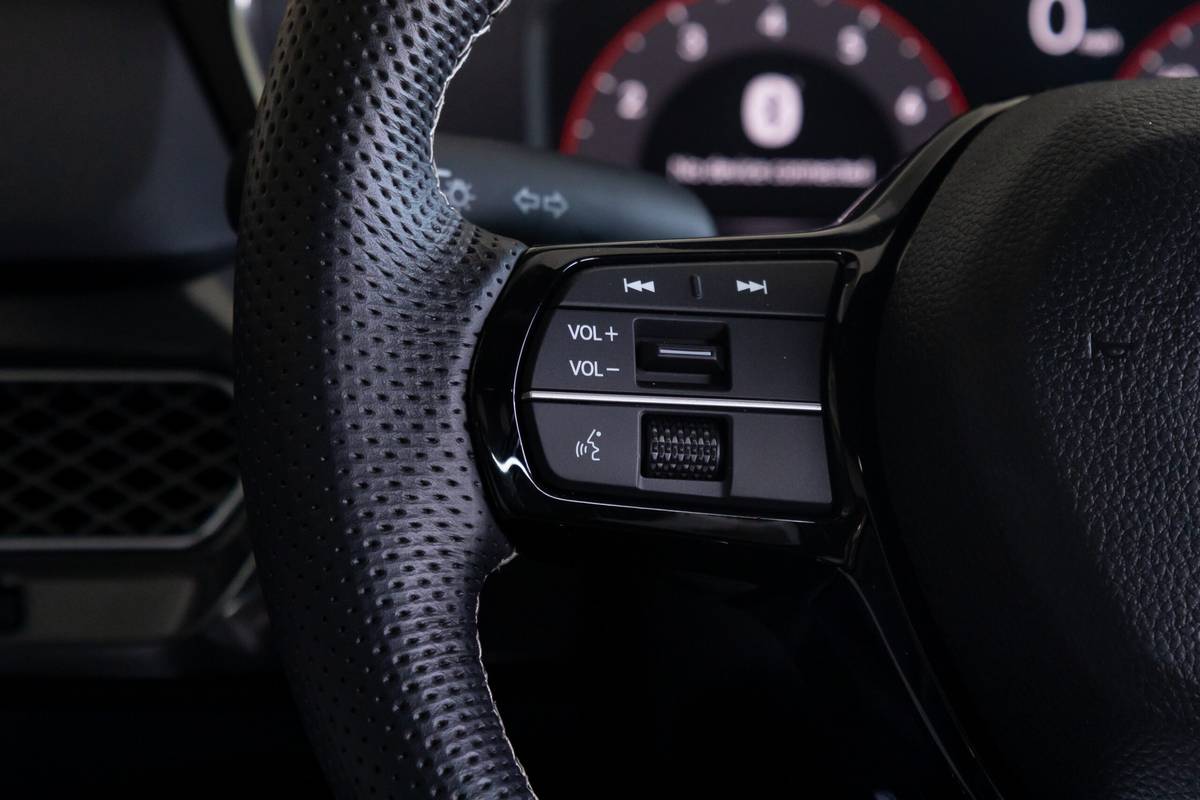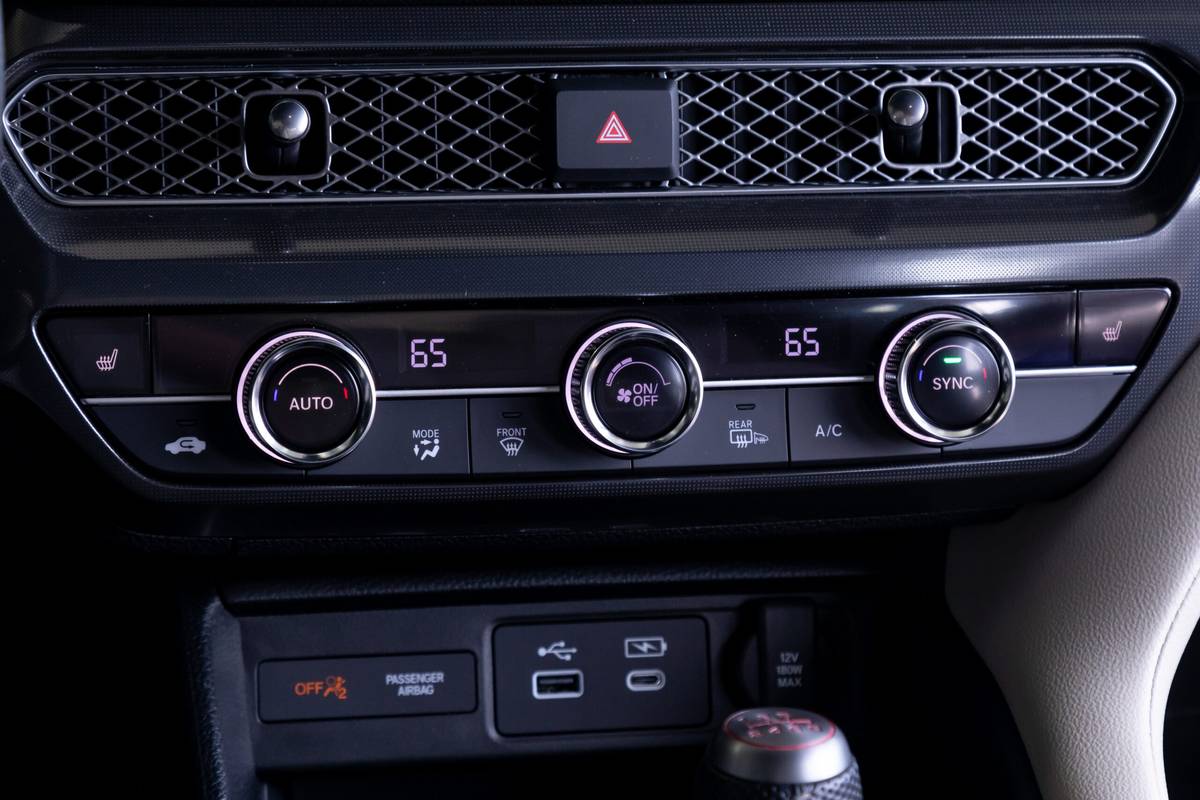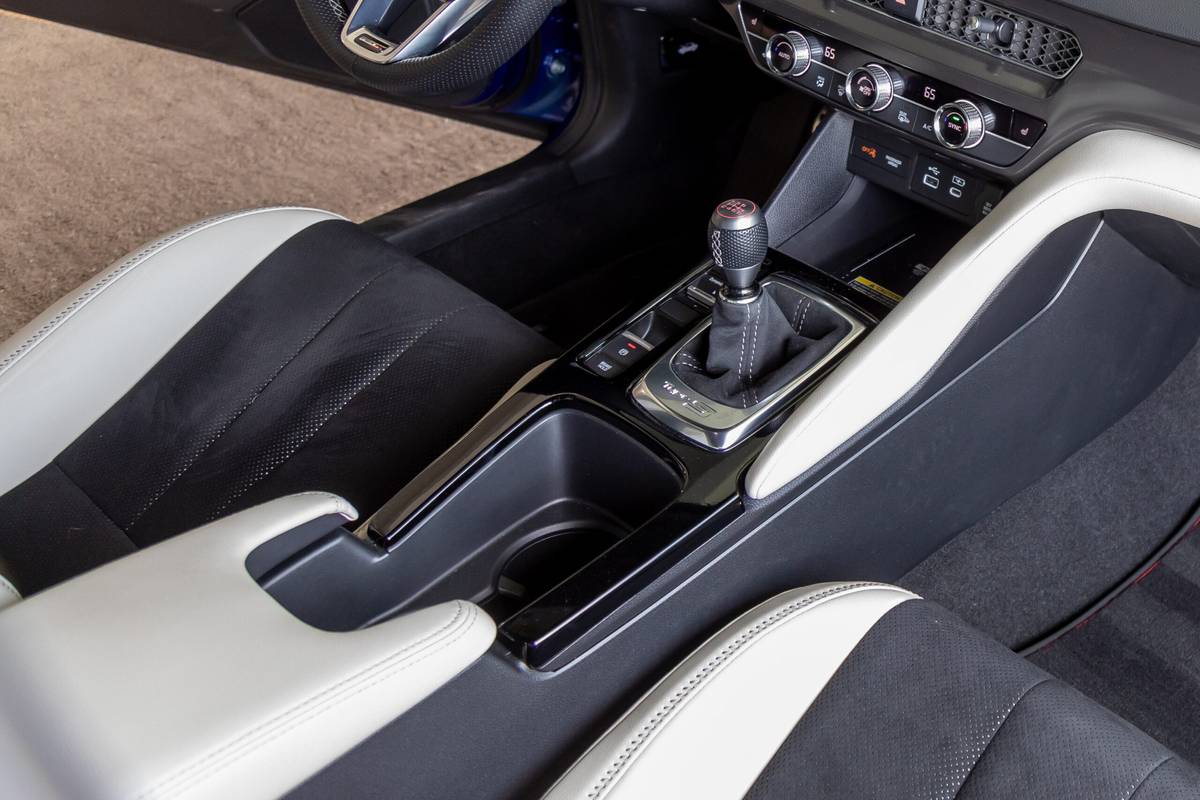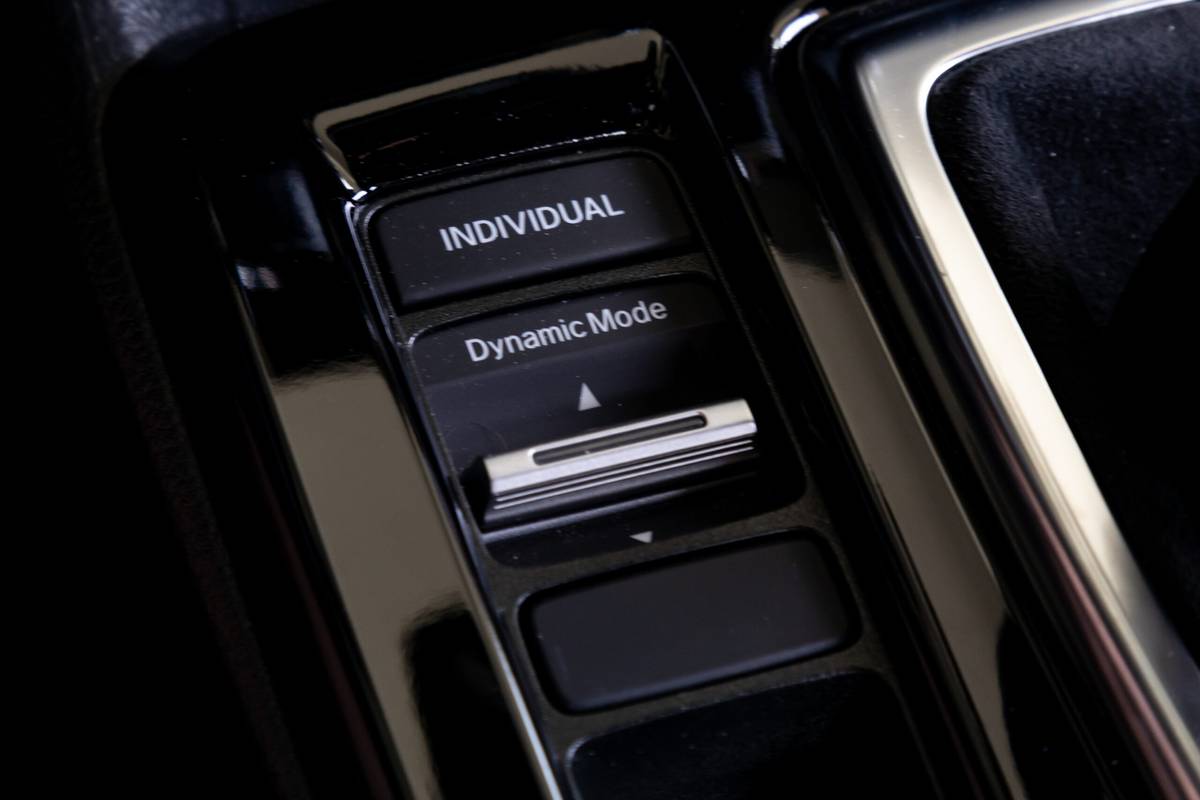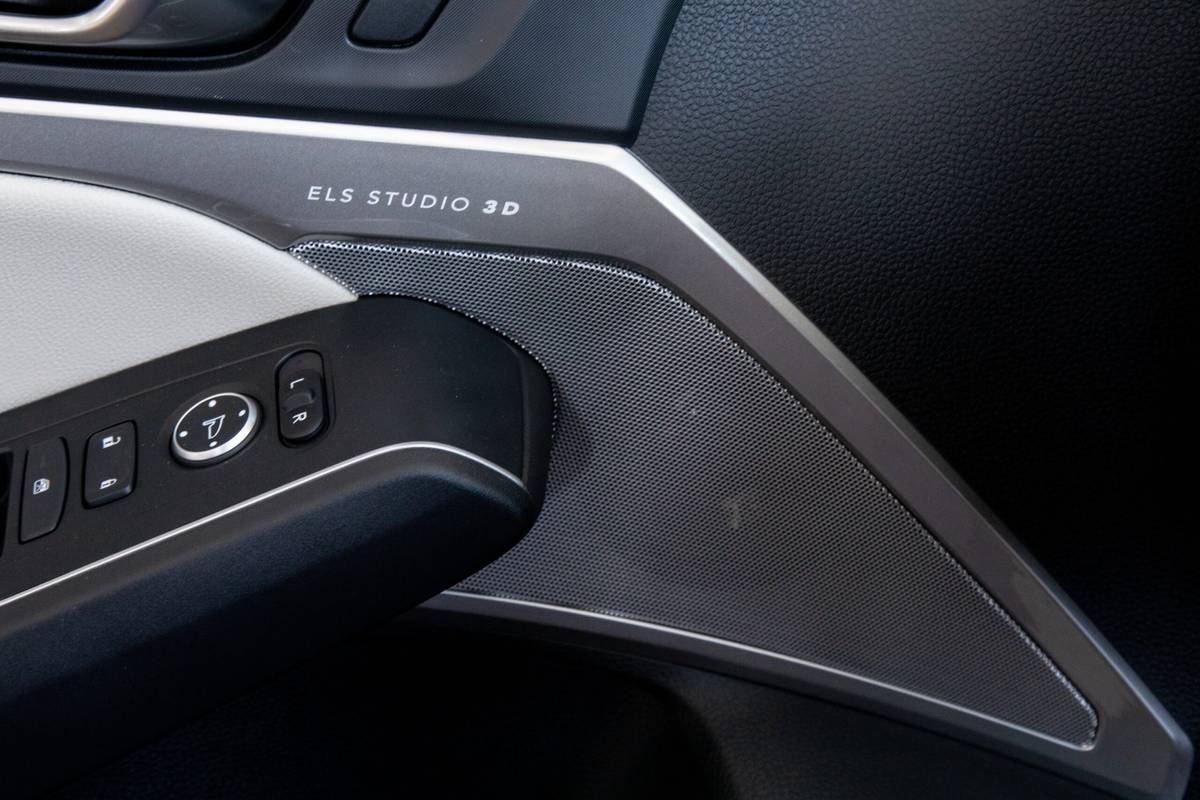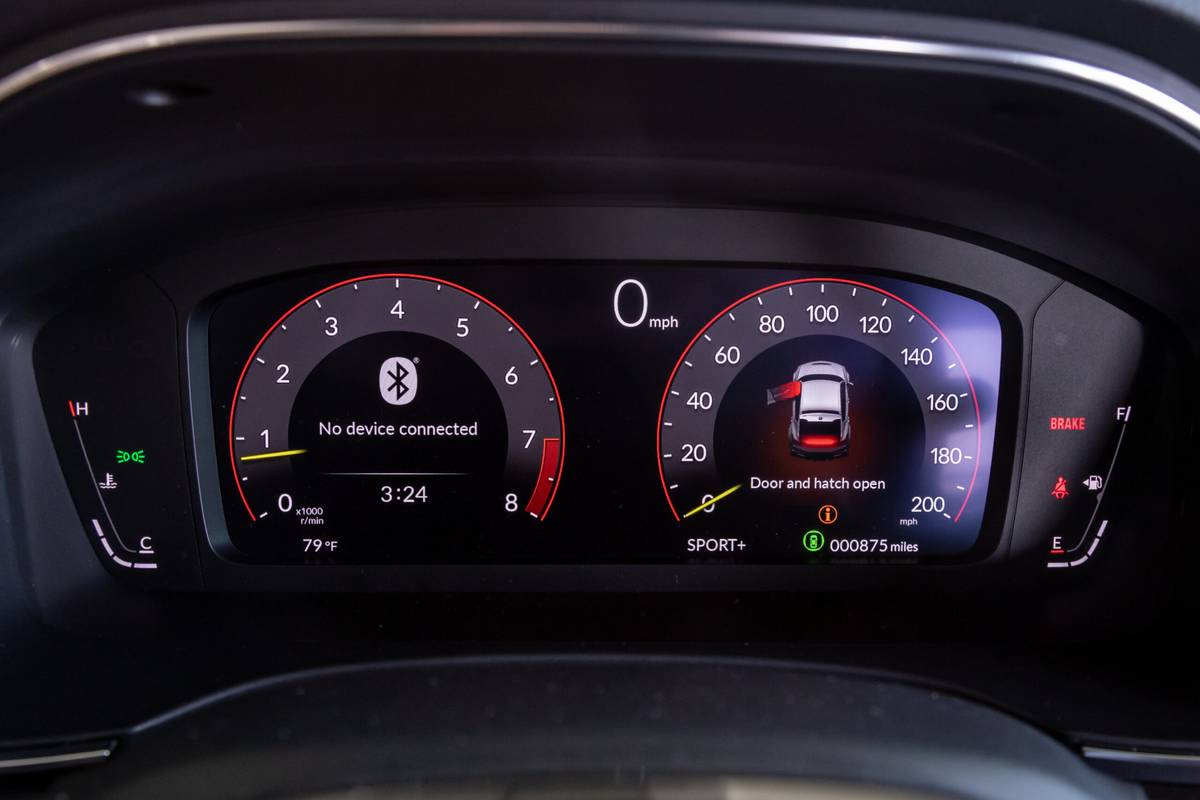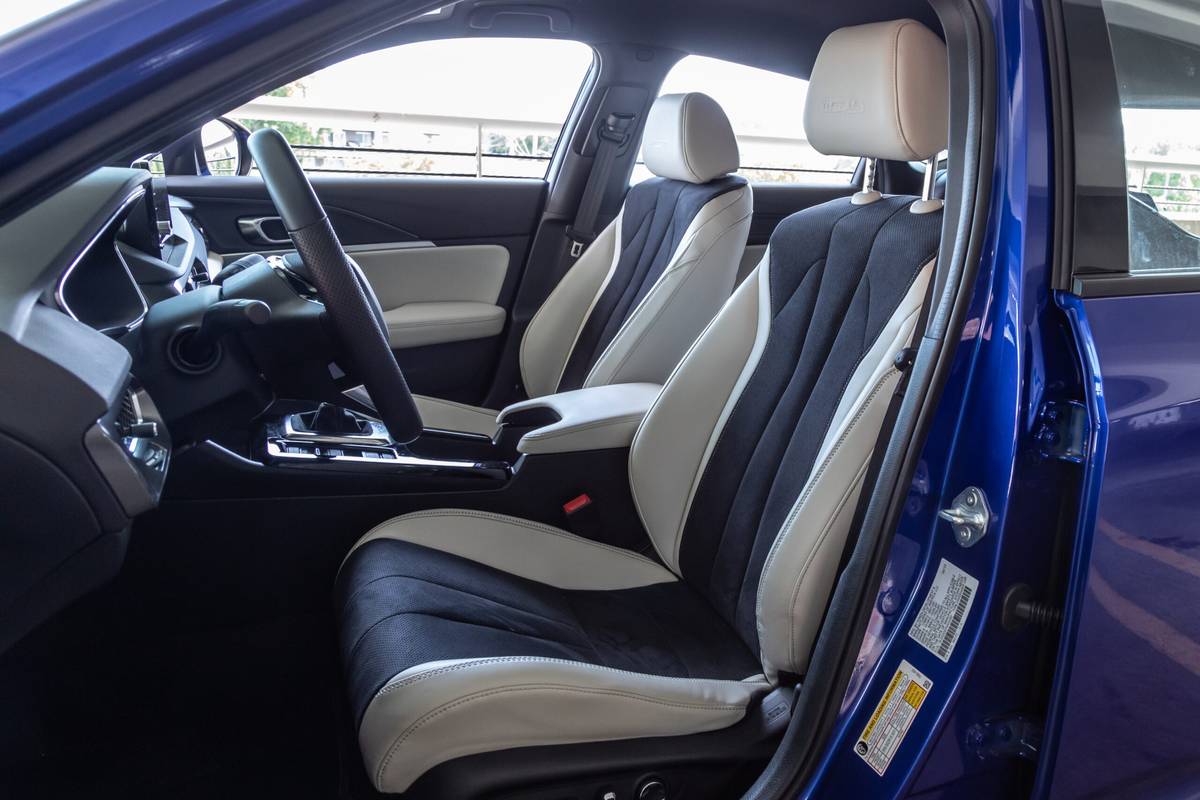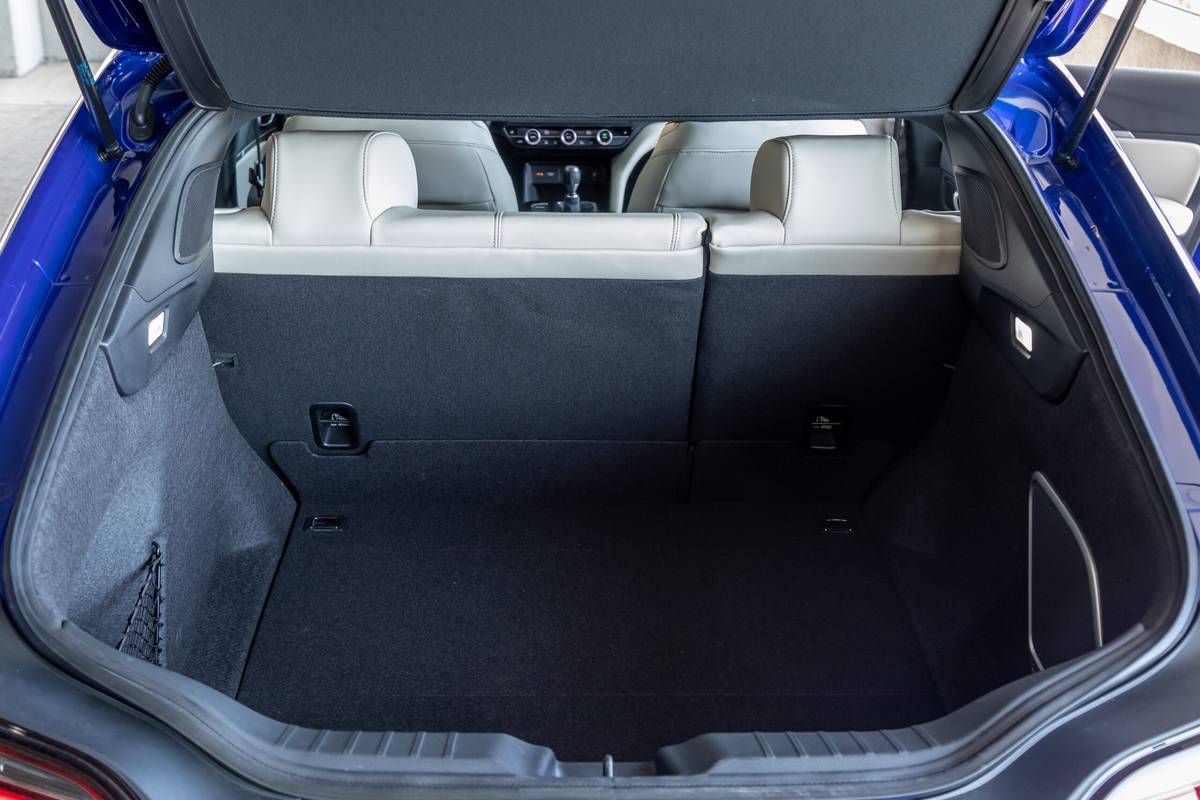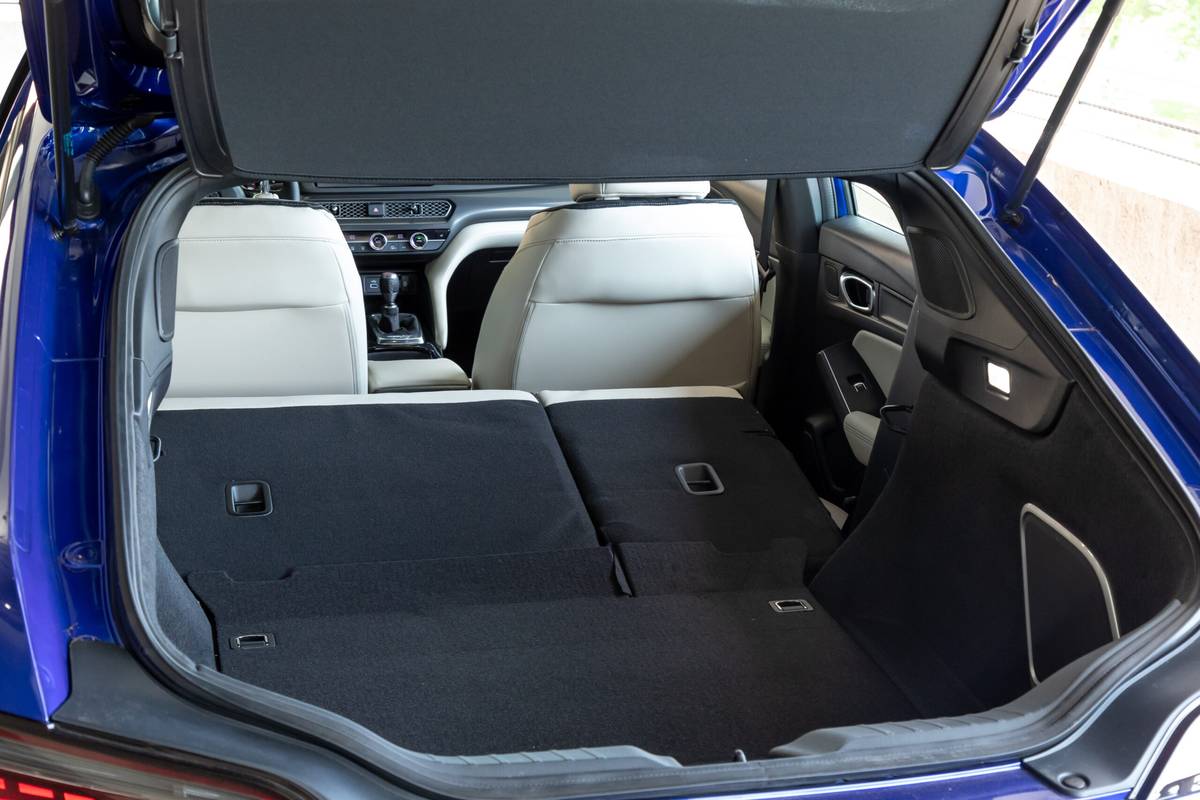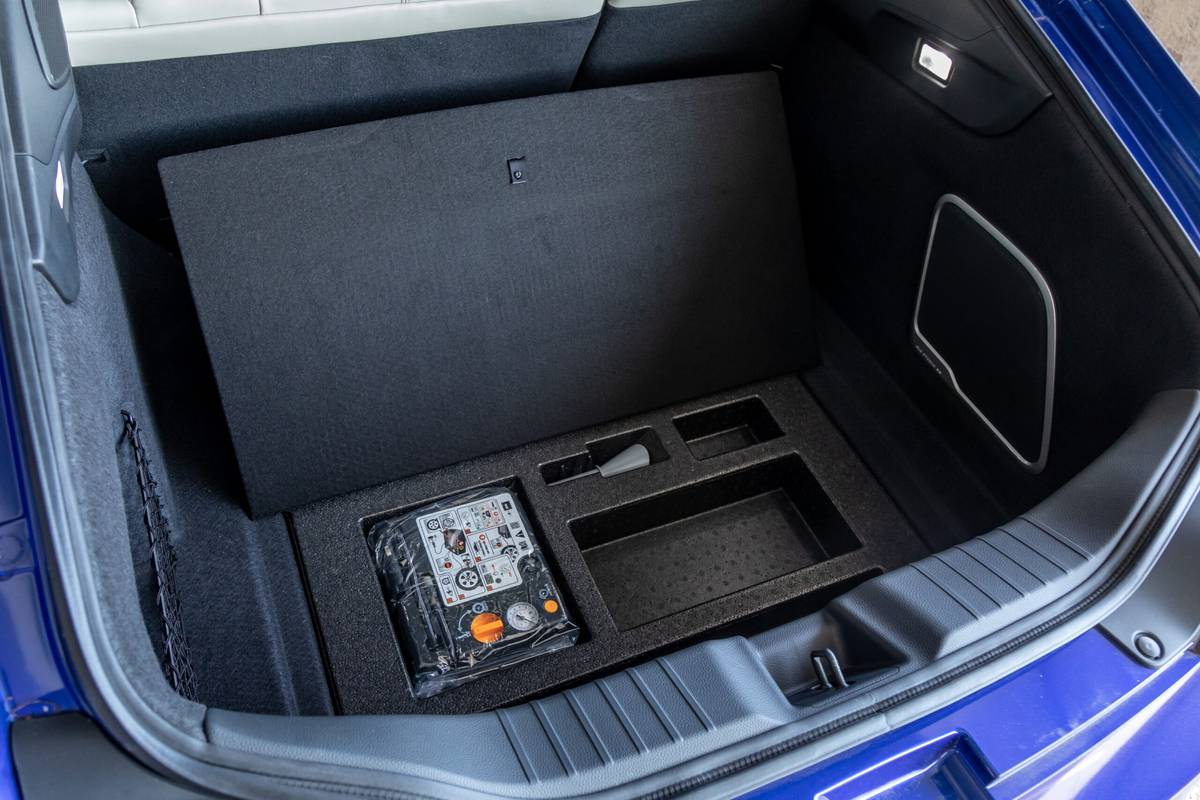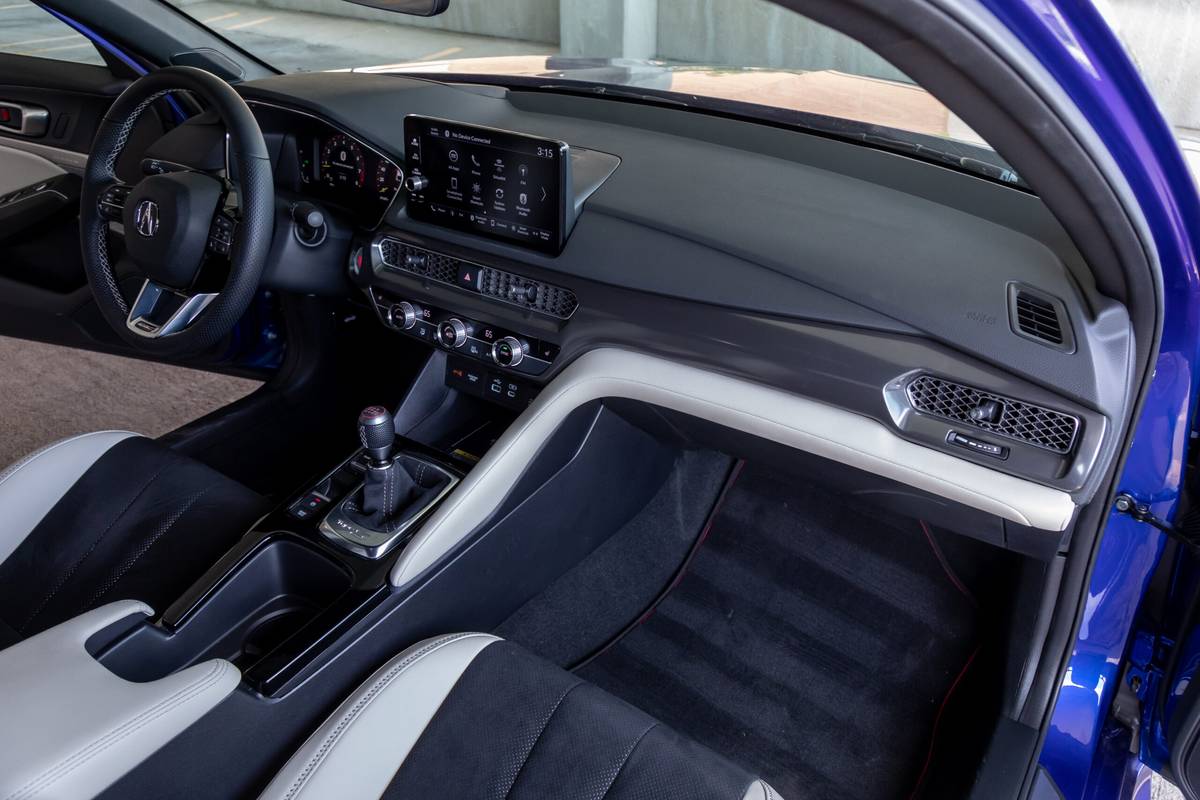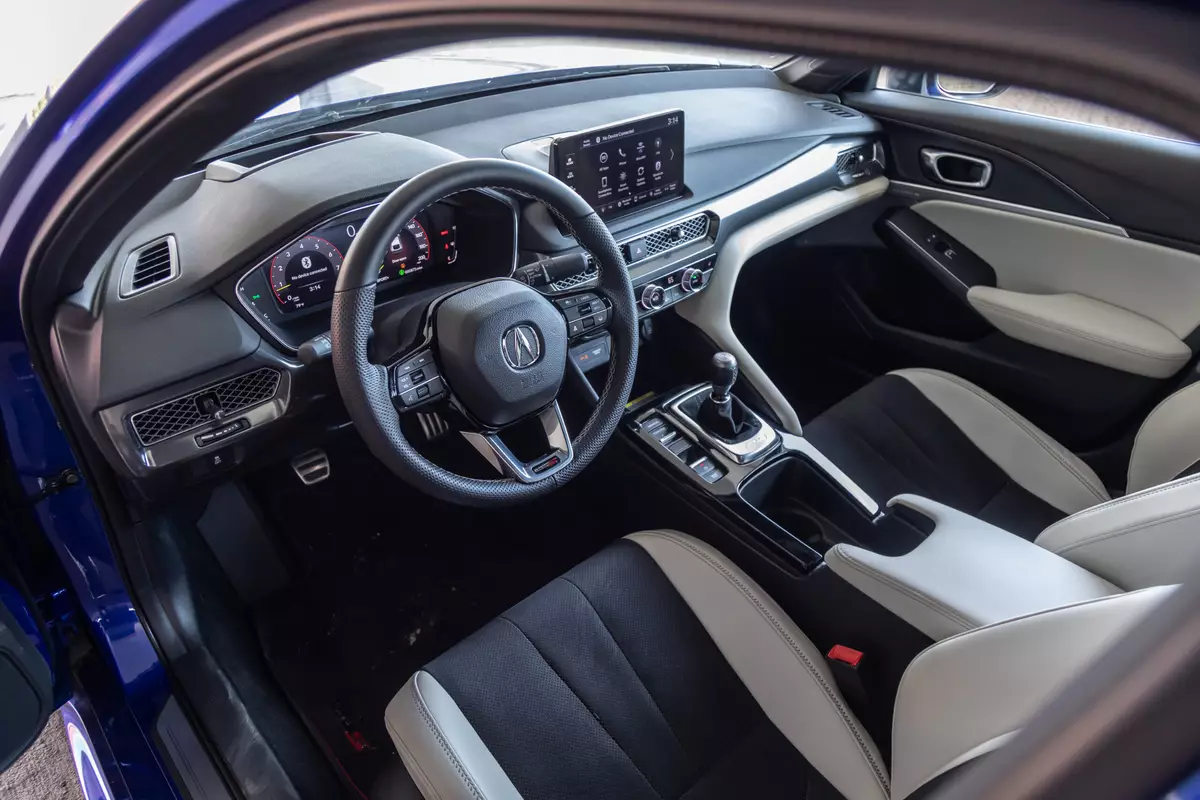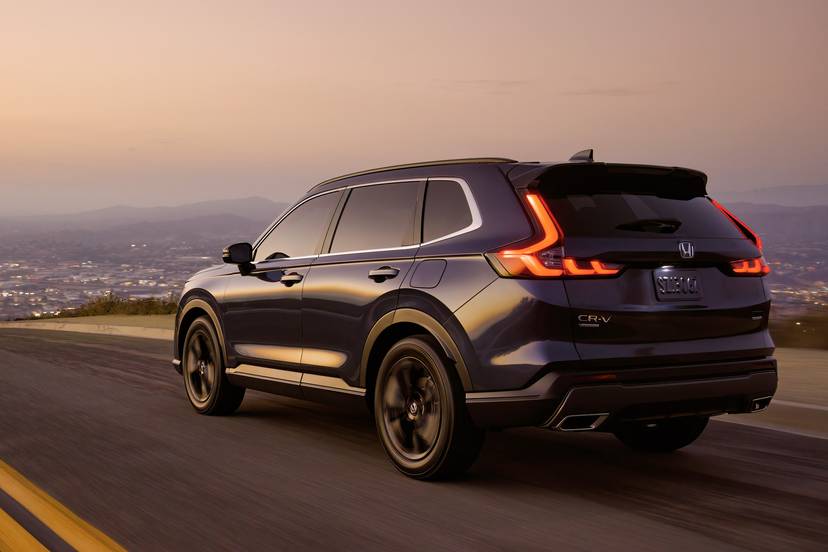
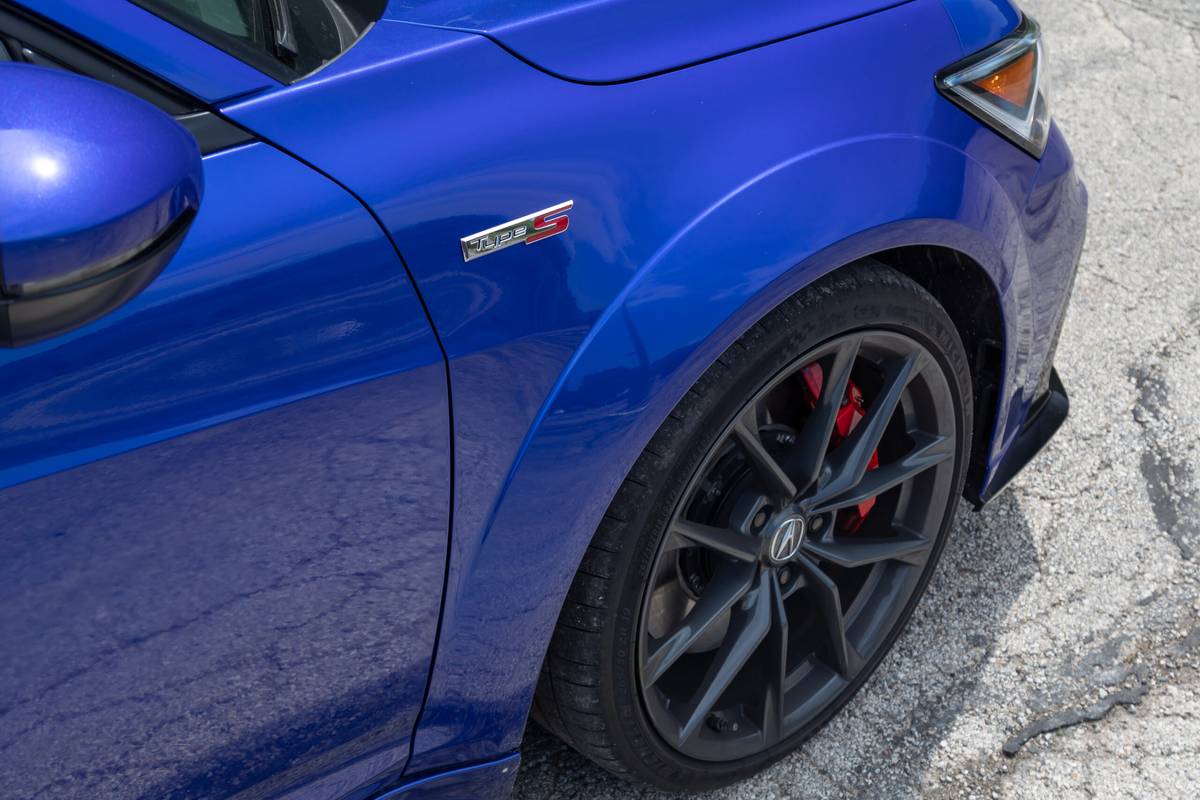



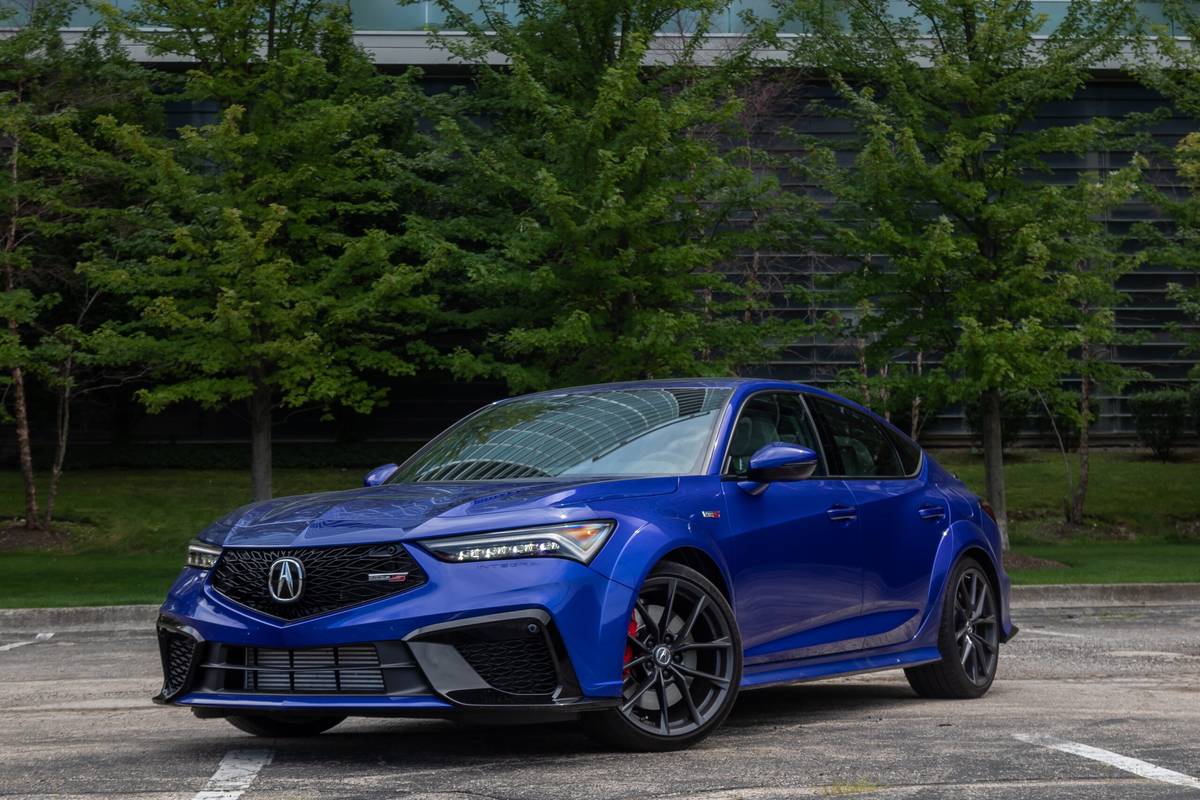
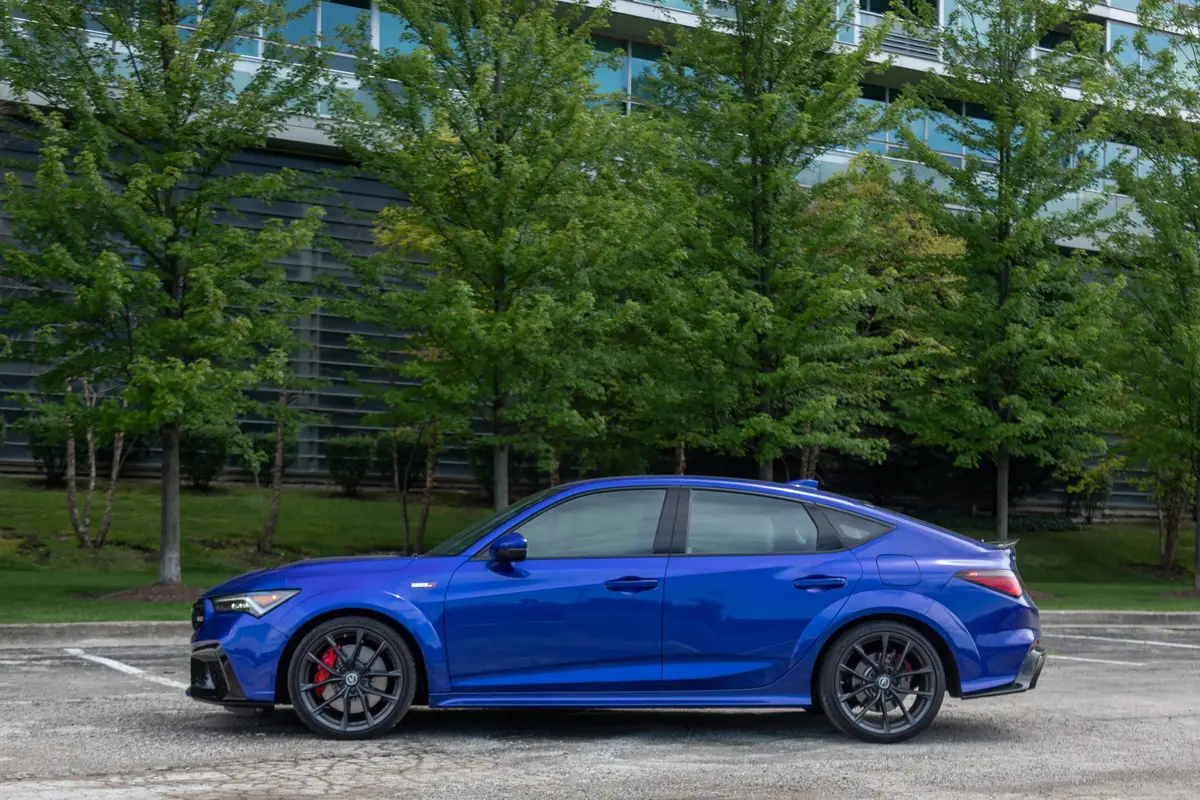
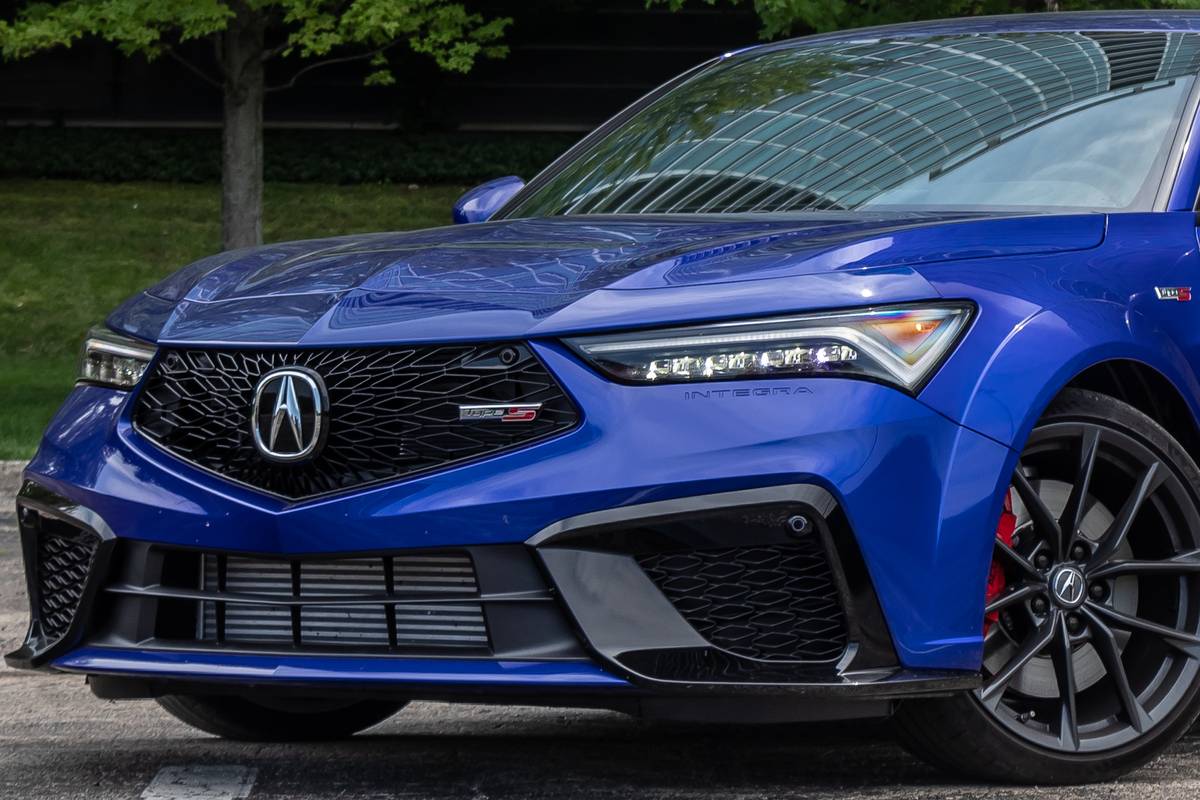
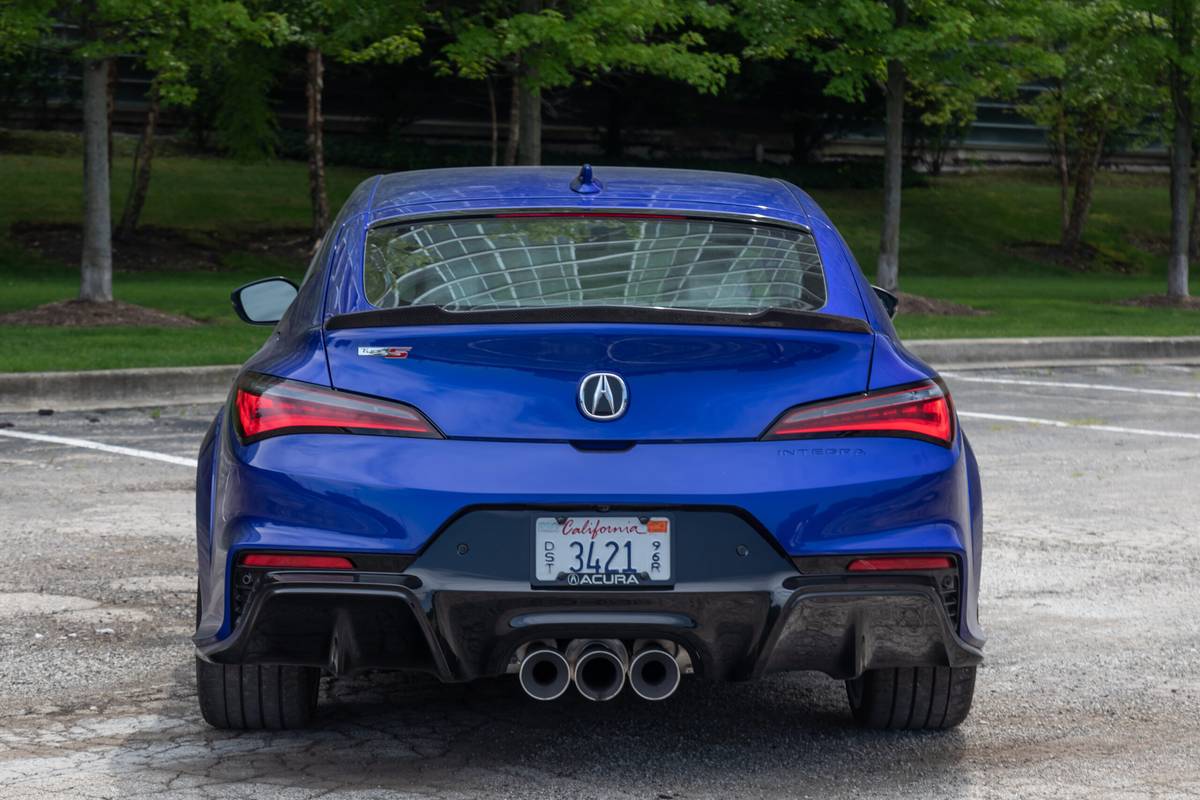
The verdict: The 2024 Acura Integra Type S delivers the raucous performance of a Honda Civic Type R, but with a more upscale look and feel and a longer list of standard features — and it’s a lot more expensive than its mainstream counterpart.
Versus the competition: Like most Acuras, the Integra Type S straddles the line between mainstream and full luxury. It’s more premium than similar hot-rod compacts like the Hyundai Elantra N and Toyota GR Corolla, but the Integra Type S doesn’t feel as substantial or mature as rivals from Audi, BMW, Genesis and Mercedes-Benz.
In 2023, Acura dusted off a beloved name from its not-too-distant past and applied it to an all-new compact four-door hatchback. The 2023 Acura Integra replaced the ILX compact sedan as Acura’s entry-level vehicle, and for 2024, the Integra adds a serious performance version with the launch of the Type S. Just as the base Integra is essentially a fancier, better-equipped version of the Honda Civic Si, the Integra Type S is a ritzier corporate counterpart to the track-tuned Honda Civic Type R. (Acura is Honda’s premium division.) The base Integra doesn’t see any significant changes for its sophomore season, so you can check out our review of the 2023 model for more information on that car. For better and for worse, the Type S delivers the high-performance feel of a Civic Type R in a classier, slightly more grown-up package.
Related: 2023 Honda Civic Type R Review: Fast and Not as Furious-Looking
How It Goes
In place of the base Integra’s 200-horsepower, turbocharged 1.5-liter four-cylinder engine, the Type S gets a snarky turbocharged 2.0-liter four-cylinder that makes 320 hp and 310 pounds-feet of torque. Peak horsepower comes at 6,500 rpm on the way to a 7,000-rpm redline, and peak torque is available from 2,600-4,000 rpm. It’s the same basic K20C engine that’s found in the Honda Civic Type R, but Acura’s tune ekes out 5 hp extra over the Type R’s 315-hp rating.
Acura says 19% of Integra buyers opt for its manual transmission, but that’s the only way the Type S comes. Happily, Acura and Honda do manual gearboxes very well; the six-speed manual in the Type S and the Civic Type R is one of the best in the business. The short-throw shifter is a delight — crisp and accurate with a precise mechanical feel. The clutch-pedal action is agreeable, too, with good feedback but not so much stiffness as to be tiring in heavy traffic. The Type S’ standard automatic rev-matching system blips the throttle on downshifts for smoother gear changes, which really adds to the car’s high-performance feel. You can also turn it off if you want a calmer driving experience (or want to do your own heel-and-toe shifting). The Integra is the only luxury-branded performance vehicle in its price class to offer a manual.
Related Video:
We cannot generate a video preview.
All Integras are front-wheel drive only; all-wheel drive is not available. Despite this Acura’s standard helical-type limited-slip differential, 320 hp is a lot to funnel through the front wheels, and you can sometimes feel them squirm with torque steer when you really get on the gas. The engine pulls quite well from any rpm, but its high-winding nature means it’s at its most intoxicating at the upper reaches of its rev range. If you’re looking for stoplight-to-stoplight grunt, the Type S might not be your style, but if you like wringing out an engine and hearing it sing as the turbo boost arrives in full, you’ll want to drive this car.
How It Sounds
Speaking of singing — or maybe growling — the Type S’ raspy exhaust note is a big part of this car’s appeal. Some of its other noises, however, might not be so satisfying even to enthusiast buyers.
The Type S’ model-specific exhaust system has a straight-through design, with an active exhaust valve and three honkin’ 4.33-inch exhaust tips out back. The sound from the active-valve exhaust system can be altered via the car’s four dynamic drive modes: Comfort, Sport, Sport+, and a driver-customizable Individual setting that allows you to mix and match parameters of the three main settings. These drive modes alter engine response, exhaust sound, steering assist, suspension firmness and the layout of the standard 10.2-inch digital gauge cluster. Comfort is the quietest driving mode, with the exhaust valve open only at high rpm, but even this is pretty noisy. Activate Sport+ mode and the exhaust emits snarly snap-crackle-pop sounds during deceleration, upshifts, downshifts and revving. It’s hugely entertaining and adds to the Type S’ high-performance feel.
The Type S comes standard with a 16-speaker ELS Studio 3D sound system. It’s an excellent stereo, but you’ll have to turn it up pretty loud when driving on the highway if you want to hear it over the car’s substantial road and wind noise. The regular Integra is no champ in this department, but the Type S’ higher-performance engine and standard Michelin Pilot Sport 4S high-performance summer tires make things even worse. In addition to road roar on expressways, those tires seemed to kick up every pebble on the street during my drives; I heard lots of tinkle and tang sounds from the fender wells.
How It Rides, Handles and Stops
Naturally, the Type S’ wheels and suspension are upgraded over other Integra variants. Its 19-inch aluminum wheels are 9.5 inches wide, which is 1.5 inches wider than the Integra A-Spec’s 18-inch wheels, yet Acura says they’re also 6.5% lighter. The Michelin Pilot Sports are very low-profile, measuring P265/30ZR19, and their stiff sidewalls don’t do much to absorb bumps and road imperfections.
The Type S gets a specially tuned version of the Integra’s Adaptive Damper System suspension that Acura says is more compliant than the Civic Type R’s, with more of a focus on everyday ride quality than on track use. The Type S’ ride is indeed softer than the Type R’s, but it’s still taut even in Comfort mode. Sport and Sport+ modes firm up the suspension even more, though there isn’t a huge difference between them.
The payoff for the Type S’ firm, sometimes-stiff ride is wonderfully crisp, athletic handing. The sport-tuned suspension gets thicker stabilizer bars that measure 1.1 inches up front and 0.8 inch in the rear, plus a wider track all around (3.5 inches wider at the front and 1.9 inches wider at the rear). Stopping power is impressive, as well, thanks to four-piston Brembo front calipers and rotors that are bigger than the standard Integra’s: 13.8 inches up front and 12 inches in back. The steering feel becomes progressively more direct and responsive in the Sport and Sport+ drive modes, but it’s crisp and communicative regardless of the setting.
How It Looks
Like all new Integras, the Type S is a hatchback, but it hides its functionality well within a fastback-sedan profile. That means you get the functionality of a hatchback cargo area and fold-down rear seats, but in a sleek fastback design.
Several unique body components give the Type S an aggressive look that helps it stand out from its siblings, and Acura says they also aid aerodynamic performance for high-speed stability. Every body panel forward of the windshield pillars is unique to the Type S, including a larger grille opening with a more open mesh pattern and a vented aluminum hood. Together, Acura says they combine to improve airflow by 170%. The Type S also gets larger air intakes for improved intercooler and brake-cooling performance.
Widebody fender flares front and rear cover the meatier tires, making the Type S 2.8 inches wider than other Integras (bodyside sills visually tie the front and rear fender flares together). Out back is a gloss-black diffuser-style rear end that houses those plus-size triple exhaust tips. Even though the Integra Type S is intended to be a bit more urbane than the Civic Type R, its styling in many ways is more aggressive than the Honda’s; if you took away the Type R’s hatchback-mounted rear wing, to my eyes the Honda would be more visually subdued than the Type S.
The Type S is available in any of the Integra’s six paint colors — Apex Blue Pearl, Liquid Carbon Metallic, Lunar Silver Metallic, Majestic Black Pearl, Performance Red Pearl and Platinum White Pearl — plus Tiger Eye Pearl, a striking yellow-orange-gold hue that’s exclusive to Acura’s Type S vehicles. All but Lunar Silver are $600 options. Our Apex Blue test car was outfitted with an optional carbon-fiber rear spoiler ($950); other available accessories include copper-finish wheels, carbon-fiber mirror caps, a bike rack, an illuminated grille logo and black emblems in place of the car’s standard chrome Type S badges on the grille, front fenders and liftgate.
How It Feels Inside
A nicer interior is one of the main advantages the Integra Type S has over a Civic Type R; you get more in the way of comfort and convenience features and cabin ambiance in a Type S, but it does require giving up a bit of track-focused capability in the bargain.
The Type S’ front seats are tweaked versions of the regular Integra’s seats, with firmer padding in the bolster areas meant to keep you in place during aggressive cornering. They’re not, however, as extreme as the track-ready seats in a Civic Type R, which have racing-harness pass-throughs and extra-snug bolsters but lack adjustable head restraints and lumbar support, as well as heating or any kind of power adjustments. The Type S’ heated front seats have adjustable head restraints, and the driver’s seat is 12-way power-adjustable, including four-way power lumbar. The Type S’ seats are generally more comfortable and less confining in everyday driving than the Type R’s, though just like in that car, the Type S’ helpfully grippy Ultrasuede upholstery inserts get a bit toasty in hot weather. The Type S also forgoes the four-way power front-passenger seat and two-position memory feature for the driver’s seat that Integras with the Technology Package get.
Other Integras have seating for five, but like the Civic Type R, the Integra Type S is a four-seater. There’s no provision for a middle passenger in the backseat, which shouldn’t be a big deal for most buyers (unless that occupant were a kid, they’d be pretty cramped and uncomfortable anyway). Even so, it would be nice to have a fold-down center armrest instead of dual cupholders just plunked into the middle of the seat bottom. It would also be nice to have amenities like rear air vents and USB ports, but the Type S has neither. Materials quality and trim detailing also drops off in the backseat.
In addition to an ELS stereo system, standard cabin amenities include a 5.3-inch color head-up display, a 9-inch infotainment touchscreen (base Integras have a 7-inch screen), wireless Apple CarPlay and Android Auto connectivity, wireless charging and a perforated leather-wrapped steering wheel. An Alcantara-wrapped steering wheel and a heated leather-wrapped steering wheel are optional.
It’s a respectably classy cabin, but the Civic lineage is apparent; in terms of both features and ambiance, the Type S doesn’t stand out among luxury-brand competitors. Even among mainstream-brand vehicles, a 9-inch touchscreen isn’t particularly dazzling these days, and the Integra’s backup camera resolution isn’t as crisp as that of some rivals, particularly at night. Overall, the Type S focuses more on performance than poshness.
The Integra’s cargo versatility, however, is a big plus. The rear seatbacks fold in a 60/40 split, and the car’s spacious, nicely finished cargo area includes a handy netted storage bin on the driver-side wall. According to Cars.com cargo measurements, the cargo area has 15.5 cubic feet of space.
More From Cars.com:
- 2023 Acura Integra Review: The Honda Civic Si for Grown-Ups
- Which New Cars Have Manual Transmissions?
- Is the 2023 Honda Civic Type R a Good Car? 5 Pros, 3 Cons
- Research the 2024 Acura Integra
- Shop for a 2024 Acura Integra
Wait, How Much Does It Cost?
The base Integra starts under $33,000 (all prices include destination), but the Type S is significantly pricier: It’s $51,995, and our test vehicle’s carbon-fiber rear spoiler, Apex Blue Pearl paint and carpeted floormats bumped its bottom-line price to $53,785. That’s a sobering step up from the Civic Type R’s starting price, which is around $45,000, and it pushes the Type S well outside the range of logical mainstream-brand rivals such as the Hyundai Elantra N, Toyota GR Corolla, Volkswagen Golf GTI and even the similarly upscale VW Golf R (which, like the GR Corolla, also brings AWD). With the Type S, Acura is targeting luxury-brand rivals like the Audi S3, BMW M235i Gran Coupe and Mercedes-AMG CLA35. Other potential competitors include the Genesis G70, which undercuts the Type S’ starting price even when optioned up with AWD and its available 365-hp twin-turbo V-6
Compared with some luxury-brand rivals, the Integra Type S is kind of like a frat boy who graduated college, swapped his backward baseball cap for khakis and got himself a corporate job, but just can’t stop himself from saying “bruh” in staff meetings. The Type S’ adolescent attitude and high-strung edginess are just under the surface, but if that’s your bag — and you don’t mind paying a premium for it — the Type S might be for you.
Cars.com’s Editorial department is your source for automotive news and reviews. In line with Cars.com’s long-standing ethics policy, editors and reviewers don’t accept gifts or free trips from automakers. The Editorial department is independent of Cars.com’s advertising, sales and sponsored content departments.





























